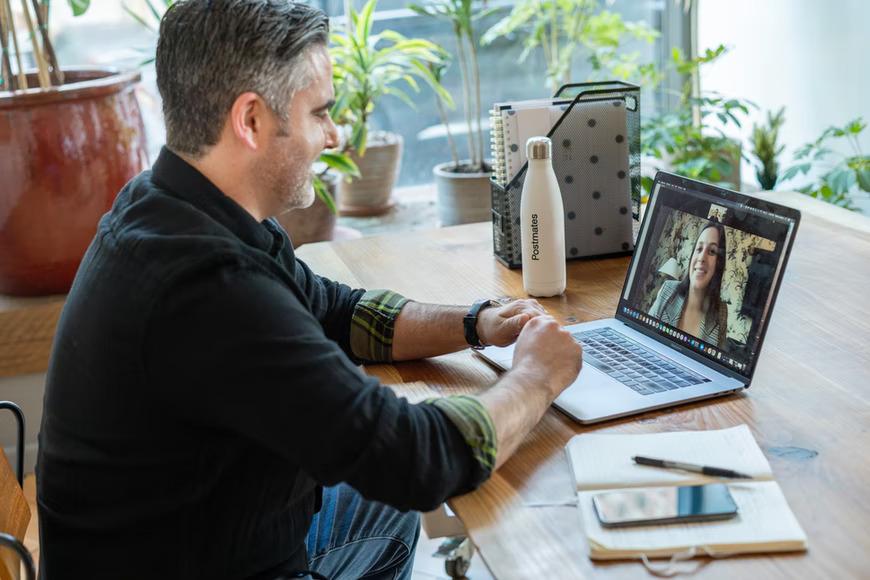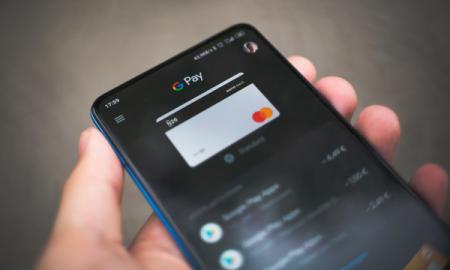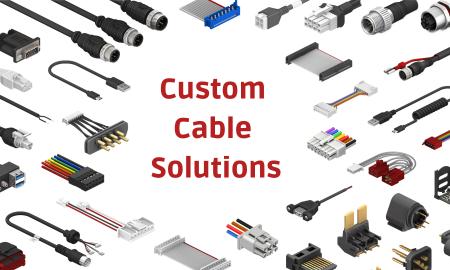For businesses in a wide range of different industries, in-person events used to be some of the most important marketing tools that they would leverage each year.
They'd set up a booth at a trade show or convention, meet reams of potential new customers, network with fellow professionals, etc. They were a lot of work, but they were also a worthy investment because of the potential volume of contacts it was possible to make.
Then, in March of 2020, the COVID-19 pandemic changed all of that - likely forever.
Suddenly, massive in-person gatherings became a thing of the past. Even now that vaccines are rolling out around the world, you'd still be hard-pressed to find hundreds or even thousands of people who are truly comfortable gathering in a confined space at one time. As is true with so many other parts of our lives, everything has gone online... which is only a bad thing if you let it become that.
Truly, virtual events are an opportunity just waiting to be taken advantage of. Getting to that point, however, requires you to keep a few key things in mind.
Holding the Best Virtual Event That You Can
Potentially the biggest mistake you could make when hosting a virtual event involves simply trying to take whatever your ideas were for your in-person event and recreating them online.
Remember that you're talking about two entirely different experiences and while they do have some things in common, it is absolutely not a 1:1 correlation. If you just try to do what you were already planning without any major changes to the format and presentation templates, you're going to create something that is disengaging. You can still present the same ideas and information, but you need to be prepared to throw out what you were already planning in terms of the format and start fresh in a new digital environment.
To get here, you need to ask yourself a few important questions. First, who is the event actually for? Who are the people who are likely to attend? Were they the same people who would be there if everything was happening in-person, or does the fact that the event is now online open things up to a new and larger audience?
Secondly, think about what challenges or obstacles attendees face and how you can help solve them. Think about what goals people have and how you can help accomplish them. This will dictate a lot of the programming you create for your virtual event moving forward.

Then, you need to think about your own personal goals for the event. Obviously, had you been attending an in-person event, a lot of your goals would be to meet face-to-face with potential new customers or generate in-person networking meetings with other thought leaders in your industry. That's not really in the cards right now, so you need to think differently.
Your goals for the event will change based on your own business and your vision of the future, but you need to lay them out ahead of time regardless. You need to know "what" you want to do before you can fully understand "how" you need to do it.
Are you trying to raise brand awareness? Are you trying to generate sales? Do you just want to grow your contact list? You need to answer these questions before you can move onto the next part of the process.
When it comes to putting together the programming itself, always vary things up as much as possible. Don't just hold an event that features a lot of "talking heads" on a video conference solution like Zoom, so to speak. The information may be compelling, but the format certainly isn't - and it's a great way to make sure that people don't come to the next event you hold, too.
Instead, make things as visual as you can. Use a flowchart maker to take your ideas and present them in a way that is easy for anyone to understand. Use the pre-built presentation templates to save time while creating content that people can engage with. Take some time in the days leading up to the event to pre-record some videos that you can play. Don't just tell ideas to people during your event - show them in a way that brings them in instead of pushes them away.
On the subject of creating the most active experience that you can, always leverage opportunities for audience participation. You could have a question and answer session during your event, for example. You could get a relevant guest speaker and have them engage in discussion. You could even set aside a block of time for people to give their own insight into whatever topic is currently under discussion.
The point is that you need to make an effort to keep people actively engaged or you'll end up with the type of passive experience that people quickly begin to check out of.
Beyond that, make sure that you choose the most appropriate date and time for your event based on the needs of your audience. If you're holding an event for a lot of business professionals like yourself, something later in the week would definitely be best. If it's a consumer-focused event, something earlier in the week or even on the weekend would certainly be helpful. You obviously want as many people to attend as possible but you can't achieve that if you plan your event during a period where everyone has other things to do.
In the end, virtual events are likely here to stay - and that is absolutely not a bad thing. When leveraged properly, the format has a lot to offer that even in-person events didn't. You just need to follow best practices like those outlined above to make sure that yours goes off without a hitch.







